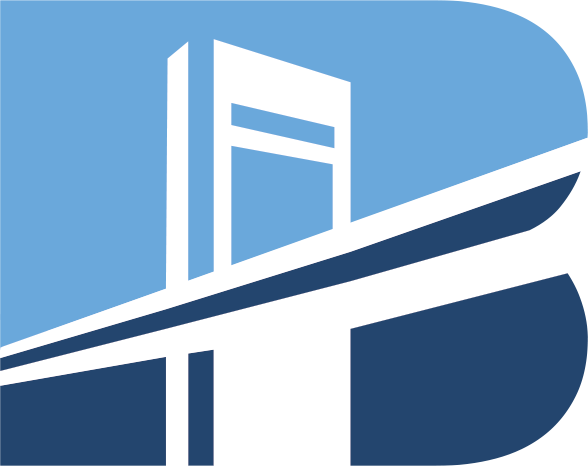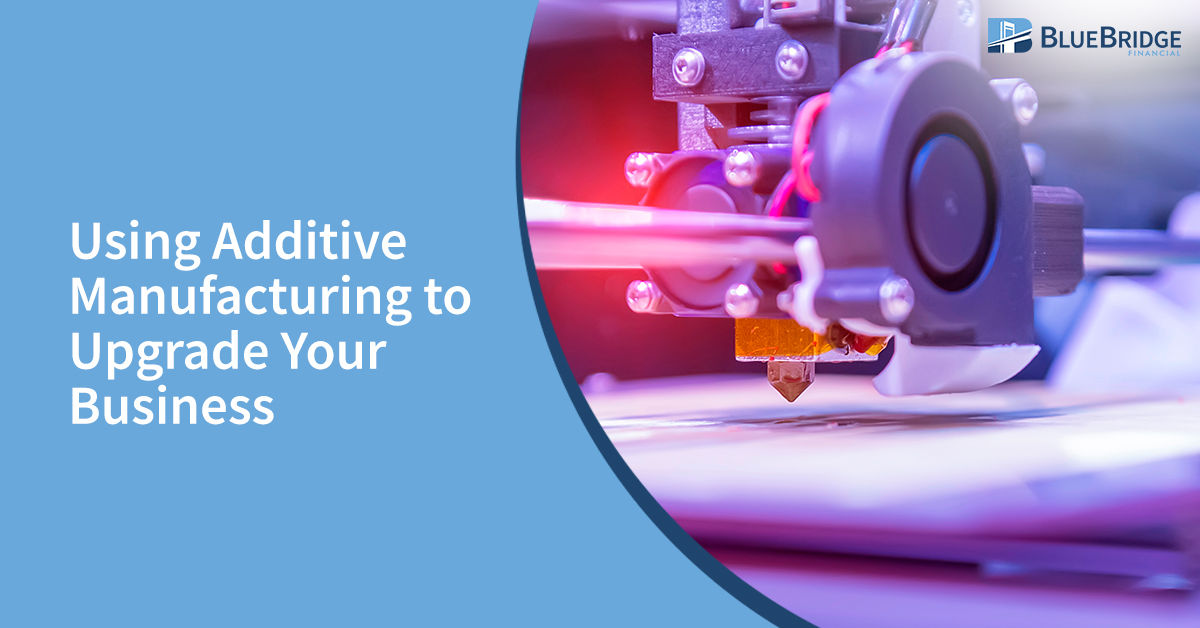Using Additive Manufacturing to Upgrade Your Business
Transform Your Production Line: How Additive Manufacturing Can Elevate Your Business
The manufacturing industry is a vital sector of the American and global economies, responsible for producing goods ranging from everyday consumer products to complex machinery and infrastructure. If you’re looking for ways to upgrade your manufacturing business, using additive manufacturing, also referred to as 3D printing, can reduce costs, increase efficiency, and expand your capabilities and product offerings. Keep reading to learn about the most important technologies in Additive Manufacturing and how you can leverage them for your business.
What is “Additive Manufacturing”
Additive Manufacturing (AM) or Additive Layer Manufacturing (ALM) is the industrial production name for 3D printing, a computer controlled process that creates three dimensional objects by depositing materials, usually in layers.
Key Technologies
Below are the primary technologies in additive manufacturing that you can harness to upgrade your business capacity, product offerings, and more.
Binder Jetting (BJT)
Binder Jetting involves the selective deposition of a liquid binding agent onto a powder bed to build parts layer by layer. The advantages of adding Binder Jetting to your manufacturing business include faster production of parts, greater material versatility, less waste, and potential cost savings.
Directed Energy Deposition (DED)
Directed Energy Deposition is used to manufacture new parts or repair existing parts. It works by depositing material onto a substrate using focused thermal energy such as a laser, electron beam, or plasma arc to build up a part layer by layer. This process is used to manufacture new parts as well as repair or add material to existing parts. Adding Directed Energy Deposition to your manufacturing business can increase your efficiency, expand your capabilities and versatility, and enable you to create more customized and one-off parts.
Material Extrusion (MEX)
Also known as Fused Deposition Modeling or Fused Filament Fabrication, this is an additive manufacturing process in which material is selectively dispensed through a nozzle to build parts layer by layer. MEX is one of the most widely used 3D printing technologies, especially for creating plastic parts. It can help you create prototypes quicker, using a variety of thermoplastics and composites.
Powder Bed Fusion (PBF)
Powder Bed Fusion (PBF) is a 3D printing process that uses heat to selectively fuse powdered material to build parts layer by layer. This process is known for its ability to create highly detailed and complex parts with good mechanical properties. Upgrading with PBF can add greater versatility and customization to your business.
Sheet Lamination (SHL)
This technology involves bonding material sheets together to create a 3D object. Sheet lamination is compatible with a variety of materials, adding versatility to your operation. It’s also faster, less expensive, and lower heat than other additive manufacturing processes.
Vat Photopolymerization (VPP)
This is an additive manufacturing process that uses light to cure liquid photopolymer resin layer by layer to create a solid object. This process is known for its high precision and fine detail, making it ideal for applications that require intricate geometries and smooth surface finishes.
Material Jetting (MJT)
With MJT, droplets of build material are selectively deposited and cured layer by layer to create a 3D object. Upgrade your business with Material Jetting to add higher precision and multi-material and multi-color production to your operation.
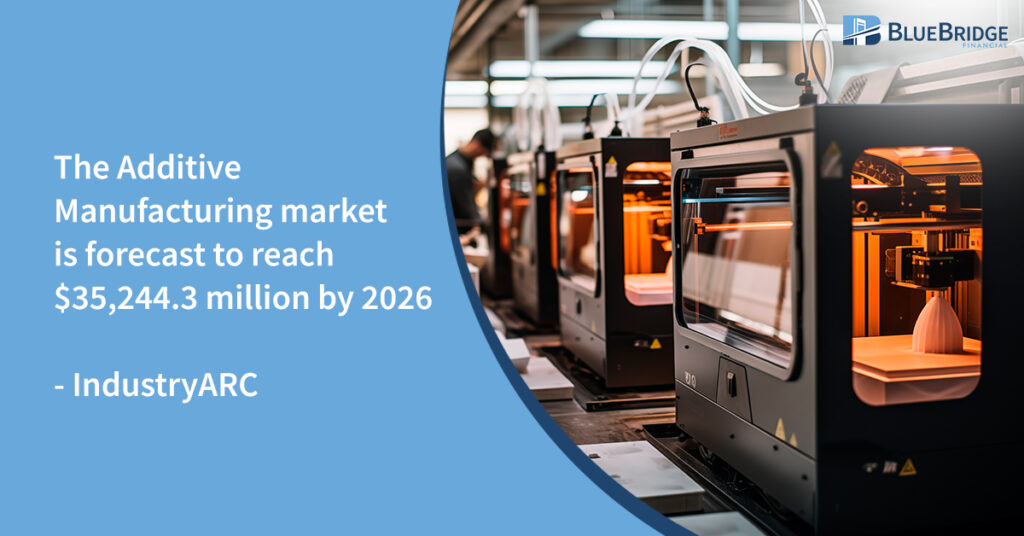
Overview of 3D Printing Materials
Learn about the most common materials used in additive manufacturing:
- Polymers: This is the most commonly used material in 3-D printing and includes common plastics, common structural polymers, and a number of waxes and epoxy-based resins.
- Ceramics: Includes silica and glass, porcelain ,and silicon-carbide.
- Metals: A range of metals can be used such as steel, titanium, aluminum, and cobalt chrome alloy
Benefits of using Additive Manufacturing
So, how can you use Additive Manufacturing to upgrade your manufacturing business?
Cost Savings
Additive Manufacturing can be very cost-effective for low- volume production. Digital processes use streamline prototyping, requiring fewer resources such as labor, and producing less waste.
Faster Production Times
Design iterations and prototyping can be produced faster, with less potential for error. Additive Manufacturing also allows for localized manufacturing, which can shorten supply chains, reduce shipping costs, and minimize the risk of supply chain disruptions.
Enhanced Design Capabilities
3D printing can help your business create flexible designs and produce more complex components. The flexibility and ease of iteration in additive manufacturing encourage experimentation and innovation, allowing designers and engineers to push the boundaries in product development. Also, rapid prototyping allows for early detection and correction of design flaws, reducing the risk of costly errors in the production phase.
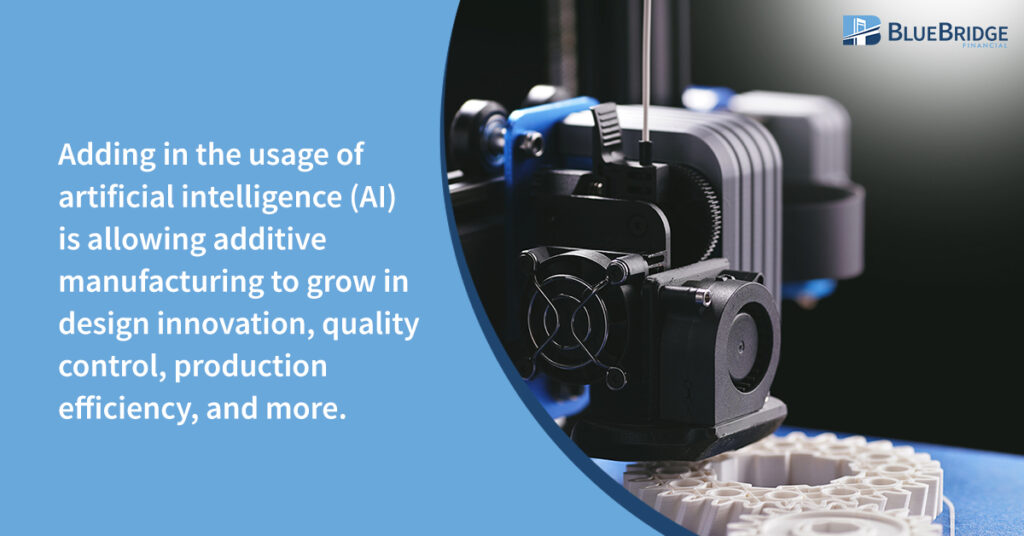
Practical Application in Manufacturing
Let’s take a closer look at how additive manufacturing technologies can be applied to your manufacturing business.
Prototypes and Testing
3D printing makes it possible to experiment with different prototypes without sacrificing as much time and money as with traditional manufacturing processes. Test every aspect of your design before you bring it to market so you can catch mistakes before it’s too late.
Spare Parts and Maintenance
Additive Manufacturing is great for producing spare parts. Reduce inventory costs with on-demand production, making spare parts as needed to reduce downtime. Parts can be quickly adapted or redesigned to address specific issues or improvements, facilitating continuous maintenance and upgrades.
Tooling and Manufacturing Aids
You can use 3D printing to create tools, jigs, fixtures, and other components to support and facilitate the manufacturing process. Additionally, you are able to increase production efficiency, accuracy, and flexibility.
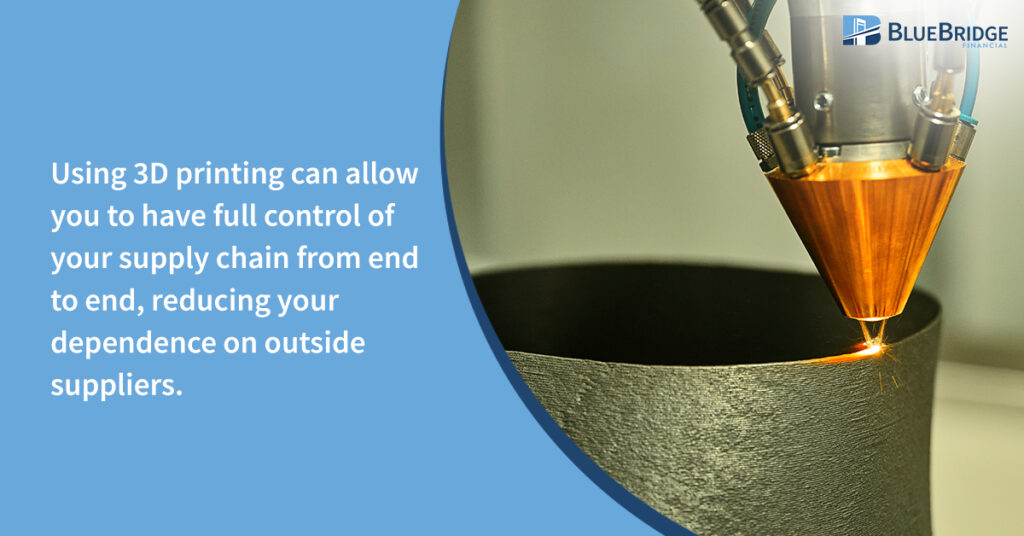
Begin Using Additive Manufacturing in Your Business
To upgrade your manufacturing business with 3D printing, first assess your business needs and goals. Can Additive Manufacturing produce the parts you need in a way that meets or exceeds the quality of parts made using other technologies? This includes factors like size, accuracy, resolution, and tolerance. Consider direct cost savings as well as lifetime improvement savings.
How To Choose The Right Technology And Equipment
Choosing the right technology and equipment for Additive Manufacturing involves several key considerations based on your specific needs, goals, and resources:
- Ease of use
- Accuracy of machine
- Speed of build process
- Quality of surface finish
Ultimately, choosing the right technology and equipment depends on your specific business needs, careful evaluation of available technologies, and consideration of operational factors. Define your requirements and research your options to select the Additive Manufacturing solution that best fits your applications, budget, and goals.
About Blue Bridge Financial
Blue Bridge Financial is a specialty equipment finance firm serving the manufacturing industry, as well as others. Our Equipment Finance Agreements offer flexible and competitive equipment financing for all your additive manufacturing needs. Start our easy application today or contact us with questions.
Any Questions? We'd Love to Talk:
About the Author
Nick Devernis is the Vice President of Business Development with expertise in credit analysis and equipment financing. With over 6 years in equipment financing, he offers a wealth of knowledge to readers of Blue Bridge Financial’s blog. He currently oversees the California office and leads the Sales and Marketing departments. Nick’s role as Vice President of Business Development involves management of the sales team, relationship management, and developing strategic partnerships to drive inbound and outbound originations.p> LinkedIn Profile
